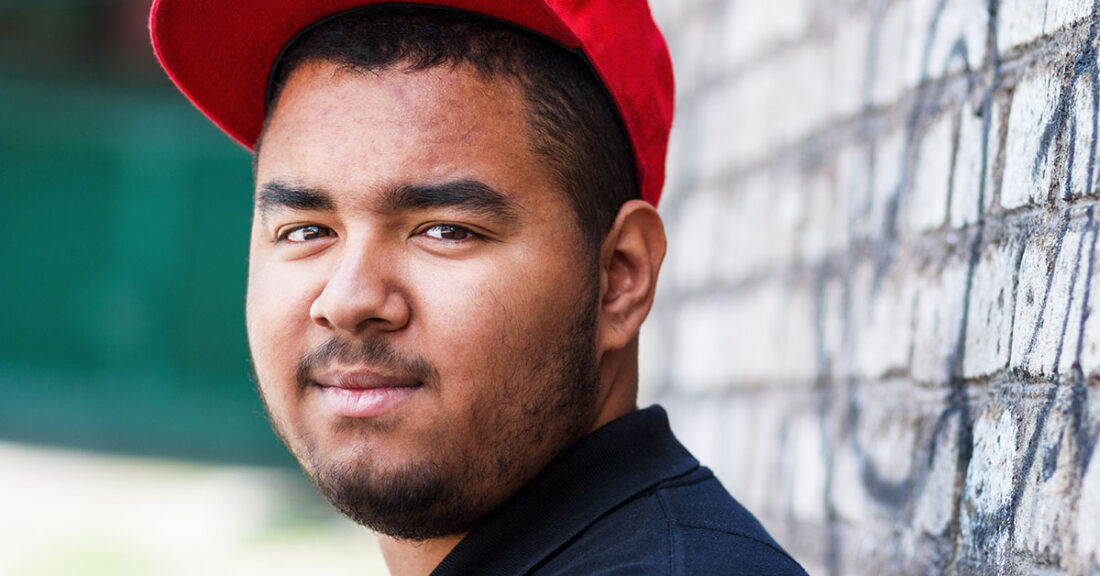How Child Welfare Leaders Can Help Older Youth During COVID-19 Pandemic

As the nation grapples with the public health crisis of COVID-19, child welfare systems must prioritize the urgent and unique needs of older youth in foster care and those who have left (or aged out of) foster care without permanent family connections. These young people, who are especially vulnerable, rely on foster care systems for their safety, health and well-being.
“Protecting older youth in foster care — and even those who have aged out and are out on their own — is a matter of life and death during this kind of global crisis,” says Sandra Gasca-Gonzalez, vice president of the Annie E. Casey Foundation’s Center for Systems Innovation. “These are young people who have already lost so much — they are no longer with their birth families, they’ve been uprooted from familiar homes and neighborhoods, they’ve lost touch with friends along the way. We can’t fail them. We must do better on their behalf and act decisively and compassionately to ensure they weather this pandemic.”
The Casey Foundation urges action on the following priority needs:
- Meet immediate, basic needs for housing, food and other supports. Now is the time to leverage state policies and resources and maximize federal resources and opportunities under the Family First Act and the Chafee Foster Care Program for Successful Transition to Adulthood to support all young people over 18 who exited foster care in meeting their basic needs until at least age 23 during this crisis. These resources and policies should include ensuring young people’s access to stimulus checks, direct stipends through independent living, room and board assistance and health care through Medicaid.
- Establish a moratorium on youth aging out of foster care for at least six months beyond the end of the immediate crisis. Of the nearly 20,000 young people who leave foster care each year without a permanent family, 28% experience homelessness.
- Allow older youth to enter or reenter extended foster care. All young people over 18 who are in or have left foster care should be able to remain or reenter regardless of current state and federal criteria or eligibility. This means suspending school and work eligibility criteria.
- Enable older foster youth to appoint their own next of kin for medical issues. Given anticipated health emergencies during this pandemic, young people 18 and older who have aged out of foster care or who have chosen extended foster care should be able to appoint their own next of kin of any relation (family or otherwise).
- Provide financial support to medically fragile older foster youth. Social Security benefits should be paid directly to the young person.
- Provide immediate health care coverage to all young people with foster care experience. Medical debt can lead to long-term financial challenges. It is critical that young people know they can seek the medical attention they need and not have to worry about financial ruin.
- Increase financial assistance and resources for expectant and parenting youth. Young parents and those expecting must have access to appropriate health care for themselves and their children to ensure their well-being.
“Many of us are sheltering at home with our families, and many young people who left foster care without permanent connections don’t have traditional homes and families to stand with them during this challenging time,” says Leslie Gross, director of the Foundation’s Jim Casey Youth Opportunities Initiative®, which works to ensure that young people with foster care experience have the resources, relationships and opportunities they need to thrive. “Housing and employment downturns will hit young people especially hard and they are less likely to have the adult support to help them navigate these tough days.”
All young people need solid connections, supports and resources to help them thrive in all situations and especially in times of crisis. Child welfare leaders, advocates, policymakers, philanthropists and others must work with communities, young people, families and systems to improve policies and practices to help youth and young adults. These recommendations are critical first steps.
Tips to Help Young Parents Cope During the Coronavirus Pandemic





